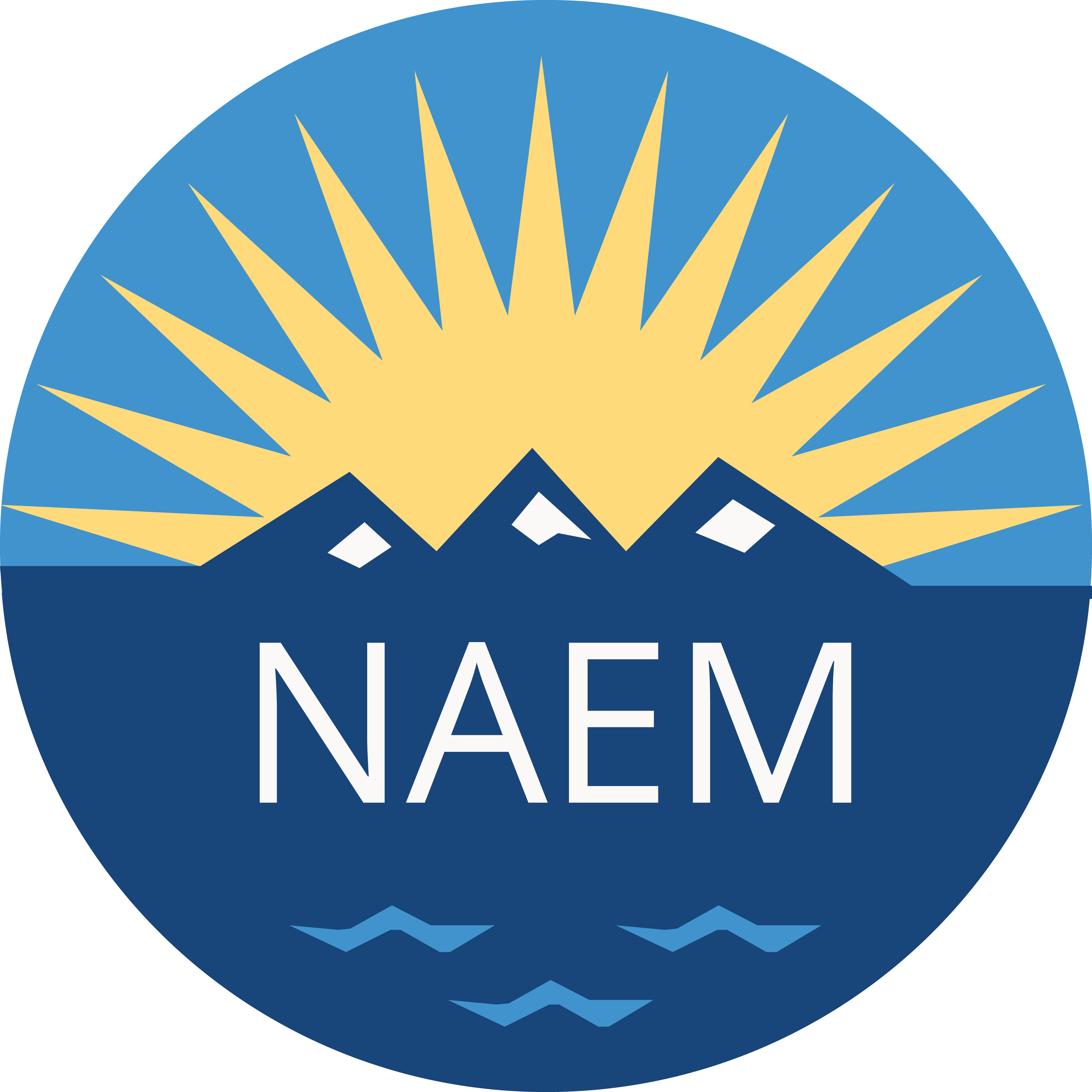Using Mindfulness to Create a Safe and Healthy Workplace
This article originally appeared on NAEM's Green Tie blog.
By Kate Kerr
If you’d walked into a corporation ten years ago to discuss the benefits of mindfulness and meditation for organizational effectiveness, leadership and bottom line results, security might have discreetly ushered you out of the building.
During my own 20-year corporate career, I certainly couldn't have imagined taking a float plane to a hunting lodge in Northern Quebec to lead a mindfulness retreat for some of North America’s top Founders and CEOs. But this is the type of work we are constantly engaged in and hired to do now.
Indeed, well-known organizations, such as General Mills, Aetna, Intel and Google, have long recognized the benefits of mindfulness meditation. Many have their own in-house meditation programs, and conduct in-house research to demonstrate it’s effectiveness. Google trains 2000 engineers each year in mindfulness and meditation, one of their most popular programs, 'Search Inside Yourself' has a wait list stretching 6 months. Intel started their 'Awake@Intel' mindfulness program in 2012 and at least 2000 employees have gone through training.
Why are these household names investing in these types of programs?
In today’s 24/7 always-on work environment, many business leaders are dealing with increased levels of executive function burnout, leading to poor resiliency to work-related stress and shrinking attention spans. Among employees, workplace stress creates high turnover and retention issues.
Mindfulness is a potential antidote.
While mindfulness has been around for thousands of years, its emergence as a practice in the West dates back to the 1979, when Jon Kabat-Zinn combined Buddhist teachings with scientific findings for the purposes of treating stress. His work at the helm of the Stress Reduction Clinic and the Center for Mindfulness in Medicine, Health Care, and Society at the University of Massachusetts Medical School has helped demonstrate that what some might have once considered mystical "woo woo" is, in fact, a medically effective technique for managing stress, pain and illness.
At its core, mindfulness is a discipline that helps us retrain our attention and boost concentration power. This helps us focus on tasks requiring sustained attention and in stressful tasks performed under time constraints. The obvious benefit is increased productivity but this is only scratching the surface.
Why mindfulness is relevant to EHS&S
Where it gets interesting for EHS&S is the way it teaches us to control our attention, which increases focus and reduces mistakes caused by distraction. A 2010 study by the University of California Irvine, for example, revealed that a whopping 73 percent of trips and falls are caused by inattentiveness and distraction. It's easy to see, therefore, how evidenced-based mindfulness training may be a highly-effective solution for high-risk work environments, as well as for helping EHS&S leaders remain focused.
So what does a mindfulness practice look like?
The first thing you should know about mindfulness is that you don't need a yoga mat, a candle or a darkened room to create a practice. Mindfulness can be done anytime and anyplace, and for any length of time. The beauty is that it's highly adaptable to workplace environments and can be implemented in short bursts throughout your day.
It’s not about to-dos.
Next, it’s helpful to notice any resistance you might be feeling about it. It's normal to feel that practicing mindfulness sounds adding yet another thing to your to-do list, but it’s not actually a task to be accomplished. You can practice mindfulness while you’re walking to a meeting, sitting down to do some work at your desk or listening to a colleague. What better time to take a conscious breath than during an intense discussion?
It’s an invitation to let go of goals and achieve more.
One of the paradoxes of mindfulness is that taking a few minutes or more to "pay attention on purpose, in the present moment, non-judgmentally" as Kabat-Zinn puts it, may create a sense of spaciousness in our day, which can actually help us get more done on our to-do list. Another paradox? Mindfulness is an invitation to let go of any goals and lean into our moment-to-moment experiences. Over time our busy minds begin to settle, enabling us to be more present and see more clearly. So ultimately we’re more likely to achieve our goals.
So why not take a moment right now to check in on yourself, listen to your thoughts, notice how you're feeling and just breathe?
Kate Kerr is Chief Attention Officer & Founder of Wake Up Kate Inc., a consultancy dedicated to delivering mindfulness-based skills to the corporate, education and healthcare sectors. To learn more about how to introduce mindfulness into your leadership development, join Kate Kerr at NAEM's 2017 EHS&S Women's Leadership Conference on June 20-22 in Portland, Ore.

